Summary
- The Dragon Quest series spans four decades, with iconic character art by Akira Toriyama.
- Characters like Yangus, The Hero, and Slime have become staples in Dragon Quest lore.
- The Luminary in Dragon Quest 11 revived the franchise with a sleek design and an epic quest.
Dragon Quest is less of a franchise and more of an institution. The long-running JRPG series has been going for the better part of four decades, and in that time has produced 11 mainline games and a ton of spin-offs, including toys and an anime. Created by Yuji Hori, it is widely recognized as the first console RPG, establishing tropes and gameplay mechanics that would dominate the genre for years to come.
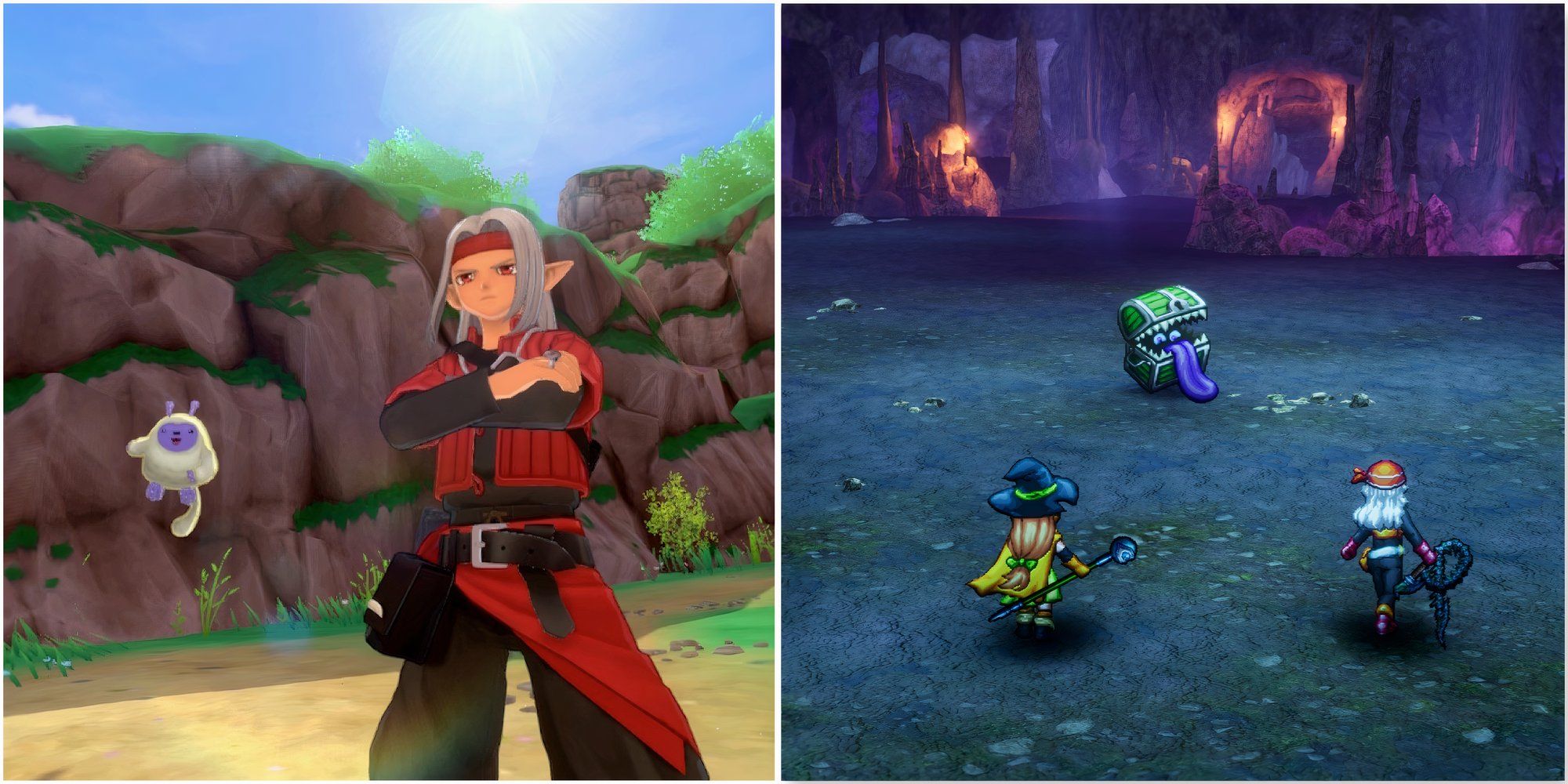
Related
One thing that helped ensure the series’ staying power was its unforgettable character art, courtesy of legendary artist Akira Toriyama. His incredible designs are synonymous with the series and have been a mainstay from the very first game, released all the way back in 1986. With some of the most memorable characters in video gaming, there’s a lot to choose from. Here is a list of the most iconic Dragon Quest characters of all time.
8
Yangus
All You Need Is Guv
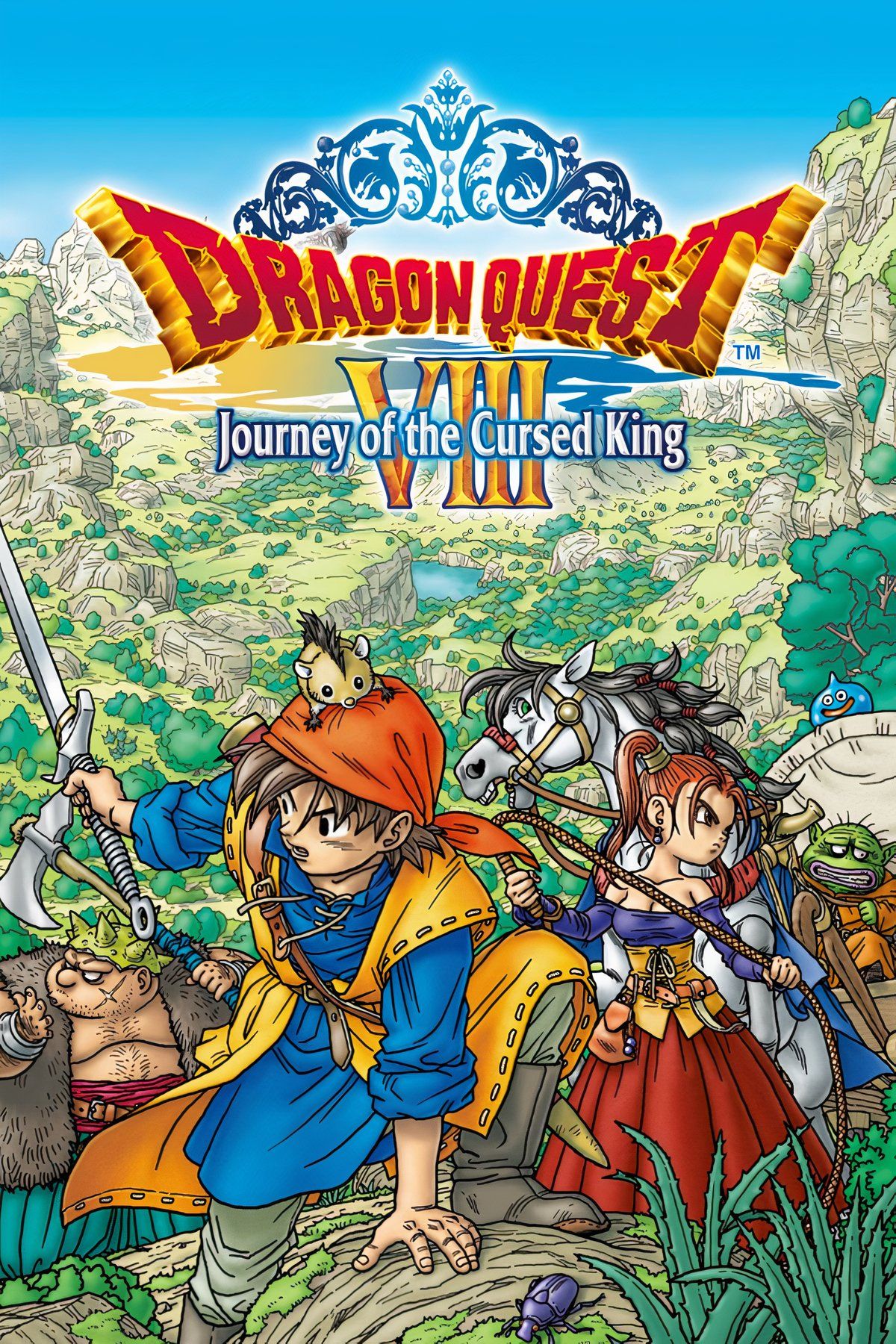
Dragon Quest 8: Journey Of The Cursed King, released on the PlayStation 2 in 2005, was significant in that it was a huge push to increase the popularity of the series outside of Japan. The game was a hit and also provided a memorable cast of supporting characters, one of whom was Yangus, the Hero’s faithful party member and the game’s comic relief. Initially an adversary who tries to rob the protagonist, the tables are soon turned and, after his life is saved, Yangus pledges his devotion and constantly refers to his savior as “Guv.”
With a strong cockney accent and a heart of gold, Yangus has a gruff demeanor but a strong moral core. His complex backstory reveals a lost soul desperate to escape his circumstances by turning to a life of crime before eventually seeing the error of his ways. He is also an absolute unit in battle, wielding heavy weaponry with devastating power, and his signature move, the “Helm Splitter,” makes him a force to be reckoned with.
7
The Hero (Dragon Quest 3)
A Legend Is Born
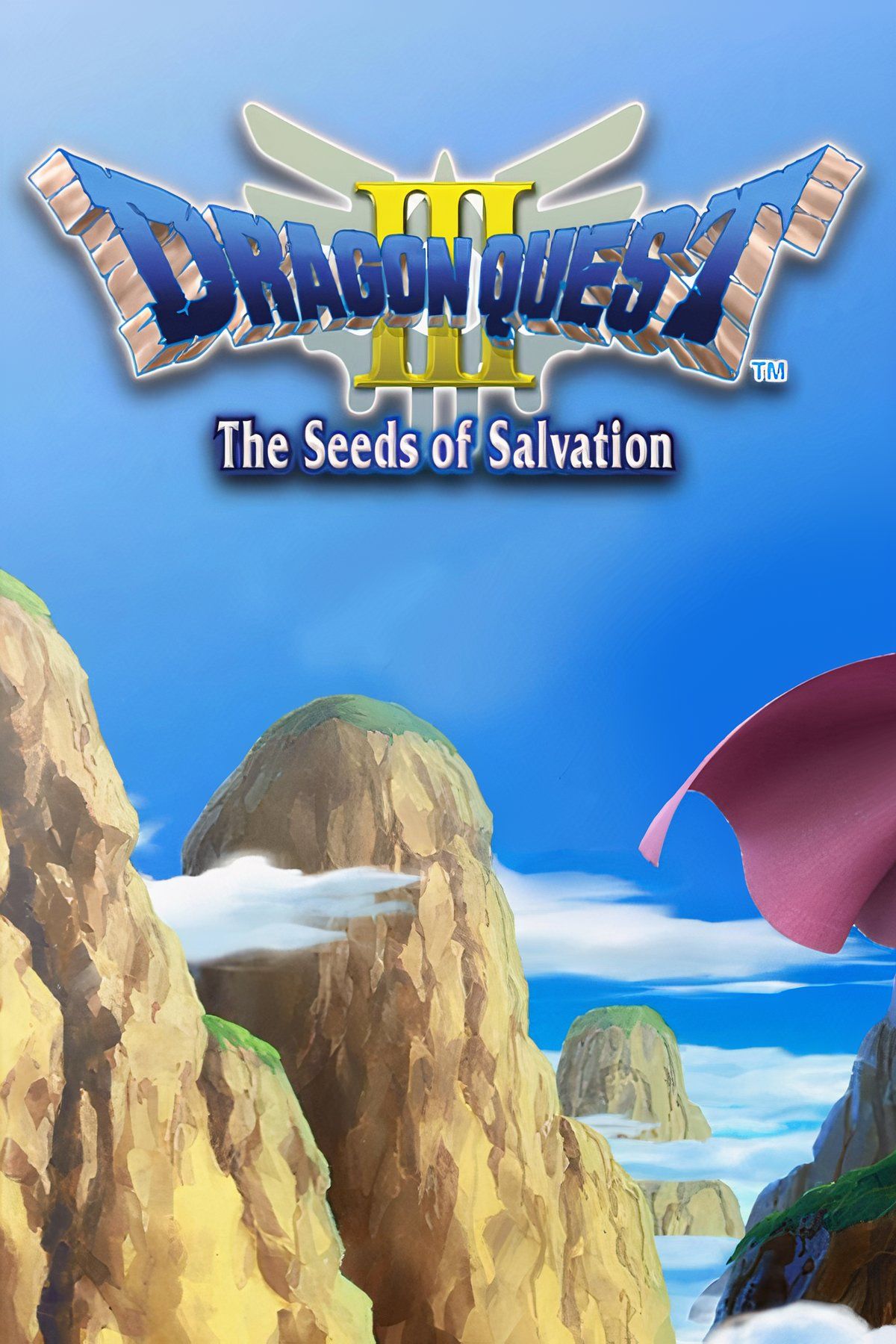
- Released
-
February 10, 1988
- ESRB
-
T For Teen: Fantasy Violence, Suggestive Themes, Simulated Gambling, Language
Dragon Quest 3: The Seeds Of Salvation was a big leap forward for the series. It was the first game where the player could choose whether their character was male or female, but it also set up foundational story elements that would impact the rest of the franchise. The main protagonist of the game embarks on a journey to defeat the evil Baramos and, in doing so, establishes the foundation for the legend of Erdrick (referred to as Loto in the Japanese version).
Erdick’s character is the archetypal Dragon Quest hero—strong, silent, and dedicated to vanquishing evil. Erdick’s Sword and Armour would go on to become iconic symbols in Dragon Quest lore, and the hero’s name would also be referenced in later Dragon Quest games, including the most recent installment, Dragon Quest 11. The Hero was added to Super Smash Bros. Ultimate, the crowning sign of video game immortality, as one of three avatars from the Dragon Quest series.
6
Torneko Taloon
The Price Is Right For This Much-Loved Merchant
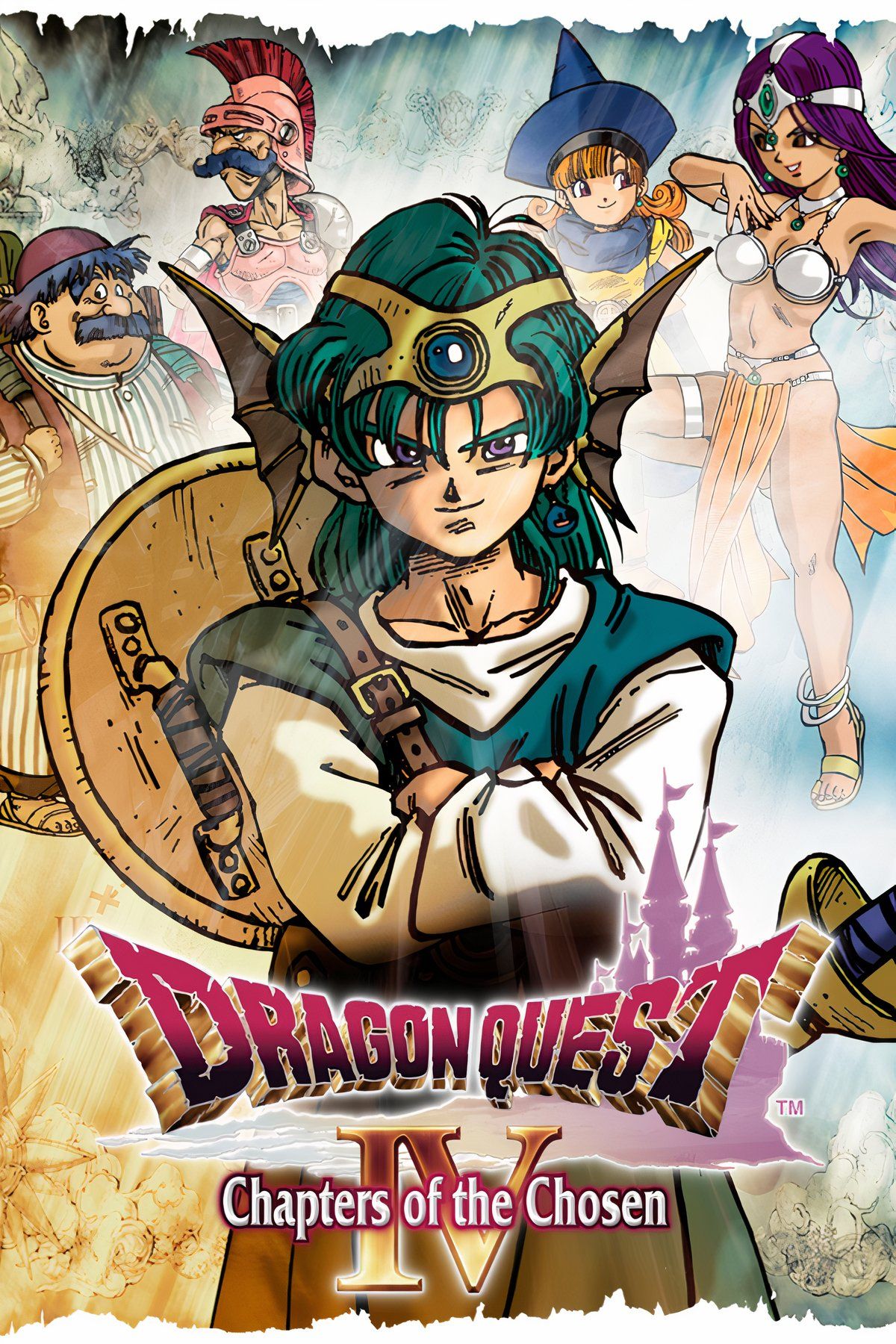
Dragon Quest 4: Chapters Of The Chosen
- Released
-
February 11, 1990
- ESRB
-
e
Usually, a Dragon Quest character has to be either a hero or villain in order to be especially memorable. This was not the case for Torneko Taloon, the humble shopkeeper from Dragon Quest 4: Chapters Of The Chosen. The game innovated even further on the established formula, with rudimentary AI for party members and a chapter system. With his trademark mustache and quirky, friendly demeanor, Torneko was an invaluable asset to the party as it sought to take down Psaro.
Assisted in no small part by his endearing character design, Torneko didn’t need to be a powerful warrior to win the hearts and minds of Dragon Quest fans. His popularity was such that he got his own spin-off game, the first time such a thing had happened in the history of the franchise. The game would never be officially released in the West, but Torneko no Daibouken was an acclaimed roguelike that was a success in its native country,
5
Psaro
Dragon Quest 4’s Big Bad Has An Equally Big Story
Psaro sticks out as one of the most interesting antagonists across all of the Dragon Quest games. He appears as the main villain in the 4th mainline game, and what makes him so compelling is his backstory. In the game’s lore, he falls in love with a gentle elf named Rose who is persecuted and ultimately killed by humans. Traumatized by her death, he vows to not only avenge her but to wipe out all humans in her name.
The many twists and turns of the story eventually give way to the revelation that Rose’s death was orchestrated by the villainous Aamon as a means of manipulating Psaro, who then assumes his ultimate form as the Manslayer before a climactic final battle with the hero. Psaro’s distinctive look incorporates a slim build, fine features, and a giant sword, all of which could be read as a big influence on the design of Sephiroth in Final Fantasy 7.
4
Terry
This Nomadic Warrior Was A Hit With Series Fans
Introduced in Dragon Quest 6: Realms Of Revelation, which was released in 1995 for the Super Nintendo Entertainment System, Terry was a wandering swordsman who appears as a boss and later goes on to join the party. Like Psaro, his fierce presence in battle is the result of a tragic backstory, as he had to undergo a painful separation from his sister in childhood and made up for his pain by developing his strength as a fighter.
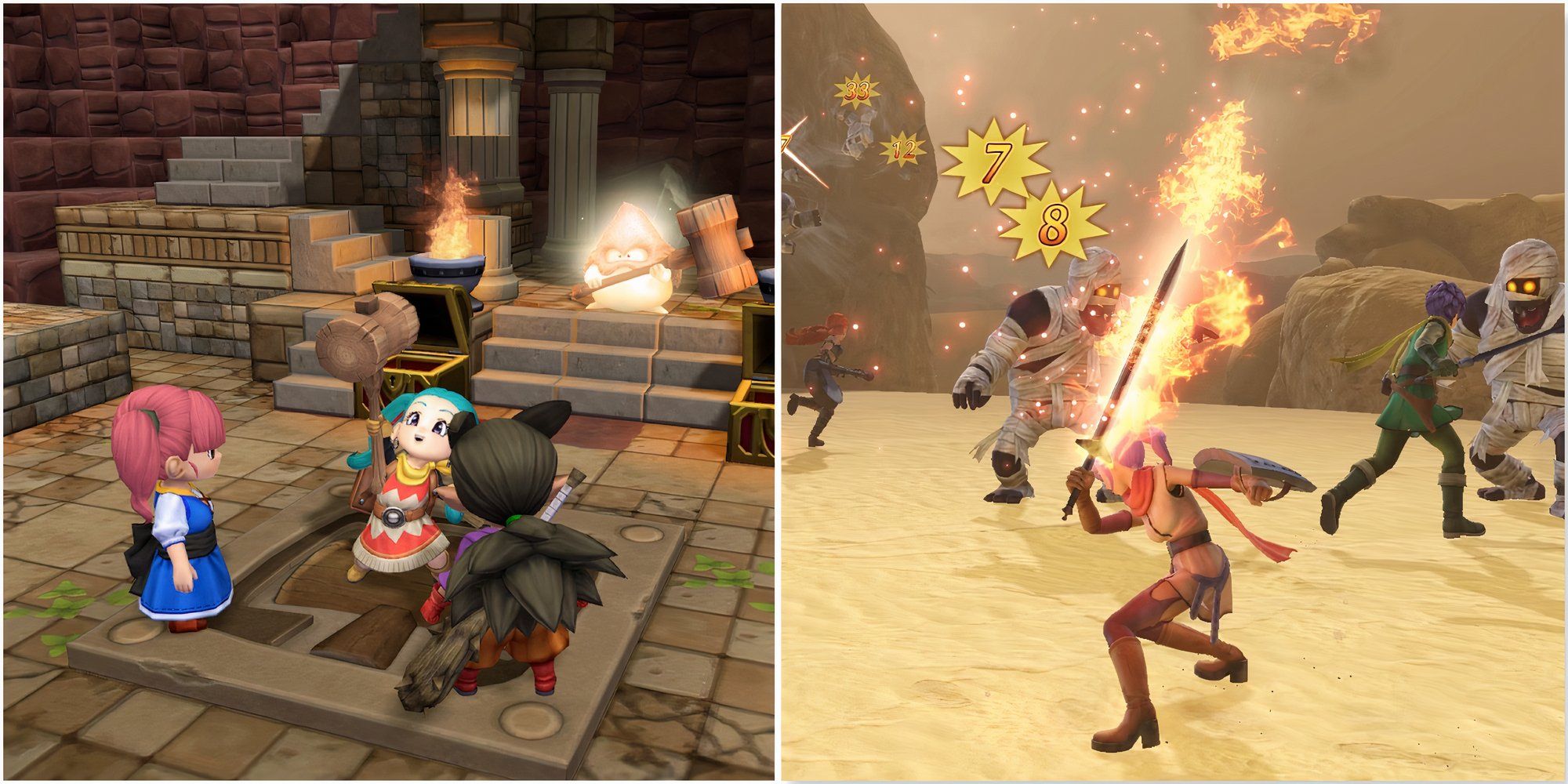
Related
6 Best Dragon Quest Spin-off Games, Ranked
Dragon Quest has existed since 1986 and over the years the series has had more spinoffs than mainline games and these are some standouts.
His cold, detached personality is later put to the side when he fights alongside The Hero, ensuring that he became a memorable character in the game. He was later dusted off when he was used as the main protagonist of Dragon Quest Monsters, another spin-off that was released for Game Boy Color in 1998. That game, which is heavily influenced by Pokemon, saw Terry put down his sword in order to tame monsters and then send them into battle.
3
Jessica Albert
Magical In More Ways Than One
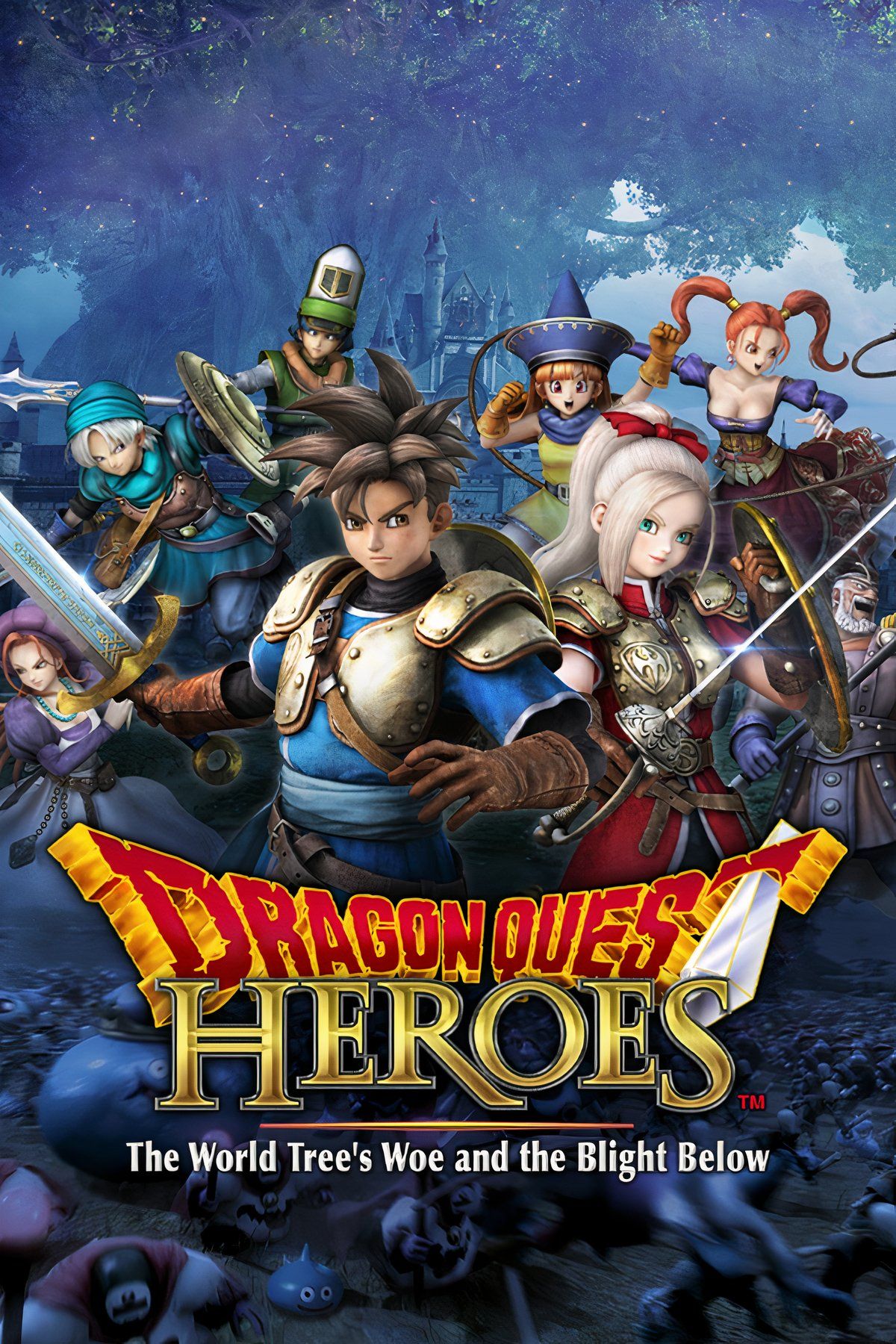
A feisty magician known for her red hair and trademark whip, Jessica is an irreplaceable member of the party in Dragon Quest 8: Journey Of The Cursed King. She originally hails from a wealthy background; raised in the tiny village of Alexandria, she shuns a cozy life of social niceties to join The Hero and puts her impressive command of offensive magic to good use. She is a superior fighter as, in addition to her use of magic, she also wields whips, knives, and swords in battle.
Jessica was a big hit with players, so much so that her popularity has spurred her on to appearances in other games, including titles outside the Dragon Quest franchise. One of these was Itadaki Street Special, a Monopoly-style game featuring characters from Dragon Quest and Final Fantasy. She was also one of 13 playable characters in the action RPG spin-off Dragon Quest Heroes: The World Tree’s Woe and The Blight Below, released for PlayStation 3 in 2015.
2
The Luminary
Dragon Quest 11’s Sleek-Haired Fighter Achieved Greatness
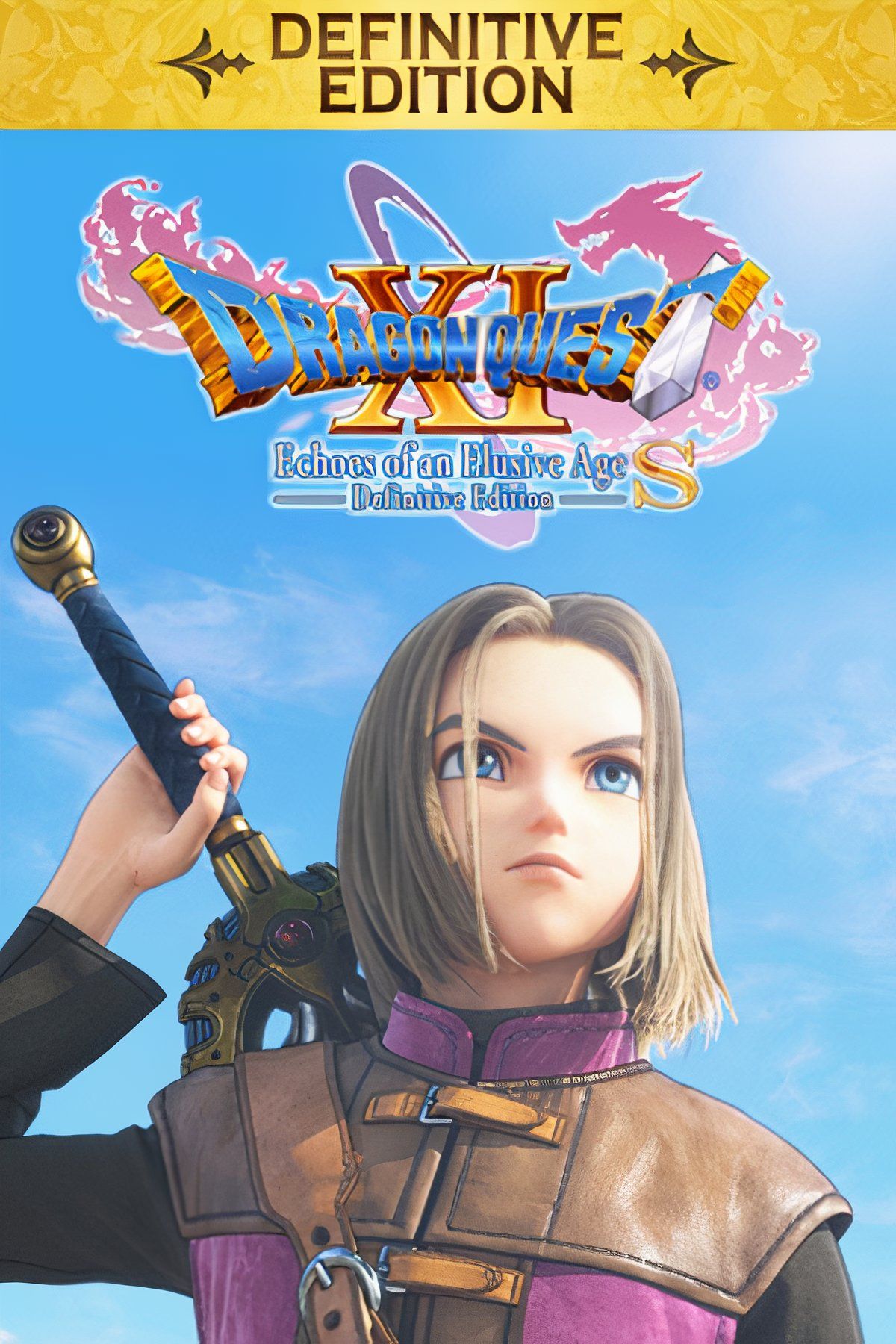
- Released
-
September 27, 2019
- ESRB
-
T For Teen // Crude Humor, Simulated Gambling, Suggestive Themes, Use of Alcohol, Mild Blood, Fantasy Violence
The franchise showed no signs of slowing down with its 11th mainline installment, hailed by critics as one of the very best games in the entire series. Its hero was The Luminary, whose quiet village life is turned upside down when it is uncovered that he was the reincarnation of an ancient warrior prophesized to defeat the Dark One and save the world. So begins an epic quest to reconcile his identity, make friends, and do battle with unspeakable evil.
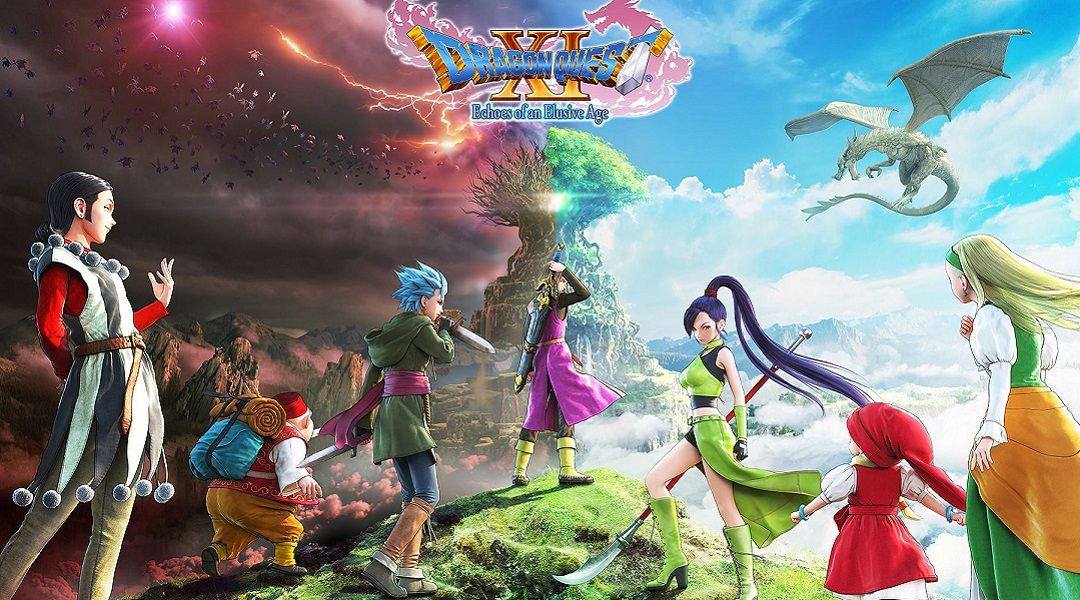
Related
Dragon Quest 11: Echoes of an Elusive Age Review
Dragon Quest 11: Echoes of an Elusive Age is a classic-style, turn-based JRPG that makes some smart changes to the formula while still being firmly rooted in tradition.
His sleek character design, moving away from some of the more cartoonish efforts in previous games, made the series feel fresh and up-to-date. However, he also does the series lore proud, as he has a direct connection to Erdrick and so unifies the games into a grand, sweeping mythology akin to something like The Lord of the Rings. The mandate for his iconic status was bolstered further when he was rechristened as Eleven (not to be confused with a certain gifted teenager in Stranger Things) in Super Smash Bros. Ultimate.
1
Slime
You Can’t Spell Smile Without It
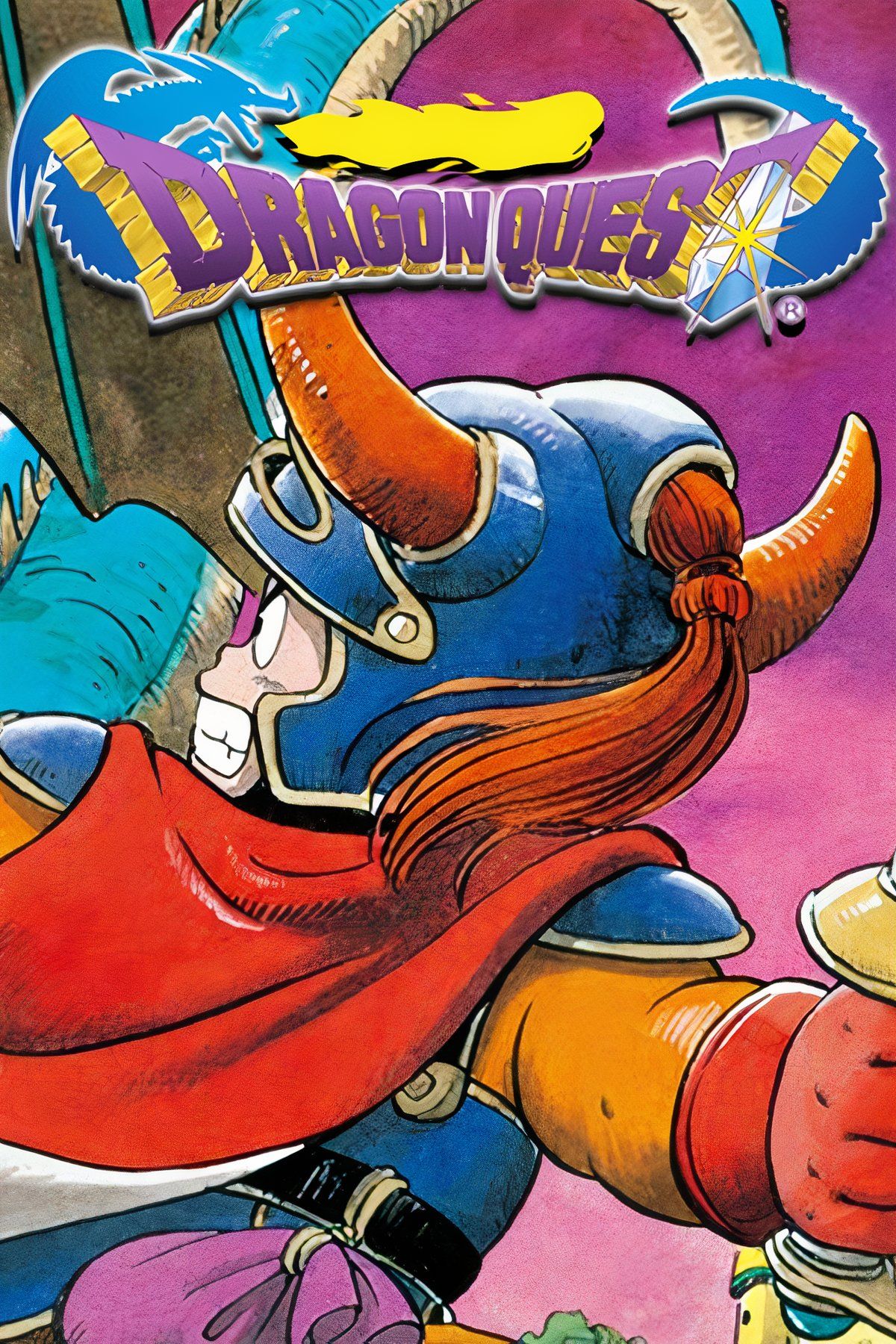
Dragon Quest
- Released
-
May 27, 1986
- ESRB
-
t
One of the single most recognizable images in all of video gaming, the humble Slime made its first appearance all the way back in 1986 in the very first Dragon Quest. It was a low-powered enemy designed to familiarize players with combat and the grinding mechanic, but it went on to become a ubiquitous series staple, appearing in every single Dragon Quest game to date, and it is now seen as the defacto mascot of the franchise.
The Slime’s ultra-simple design depicts a cheerful, eccentric exterior, but over the years, their lore has developed, and they have become more complex as characters. Along with popping up in other games (yes, they even make a cameo in Super Smash Bros. Ultimate), Slimes also feature as the main hero in one of the very best series spin-off titles, Dragon Quest Heroes: Rocket Slime, released for DS in 2005. Their title as the most iconic character in Dragon Quest is sealed in blue.

More
8 Best Dragon Quest Villains, Ranked
The Dragon Quest franchise is almost 40 years old, and it features some of the most iconic villains in gaming.
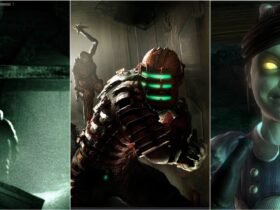


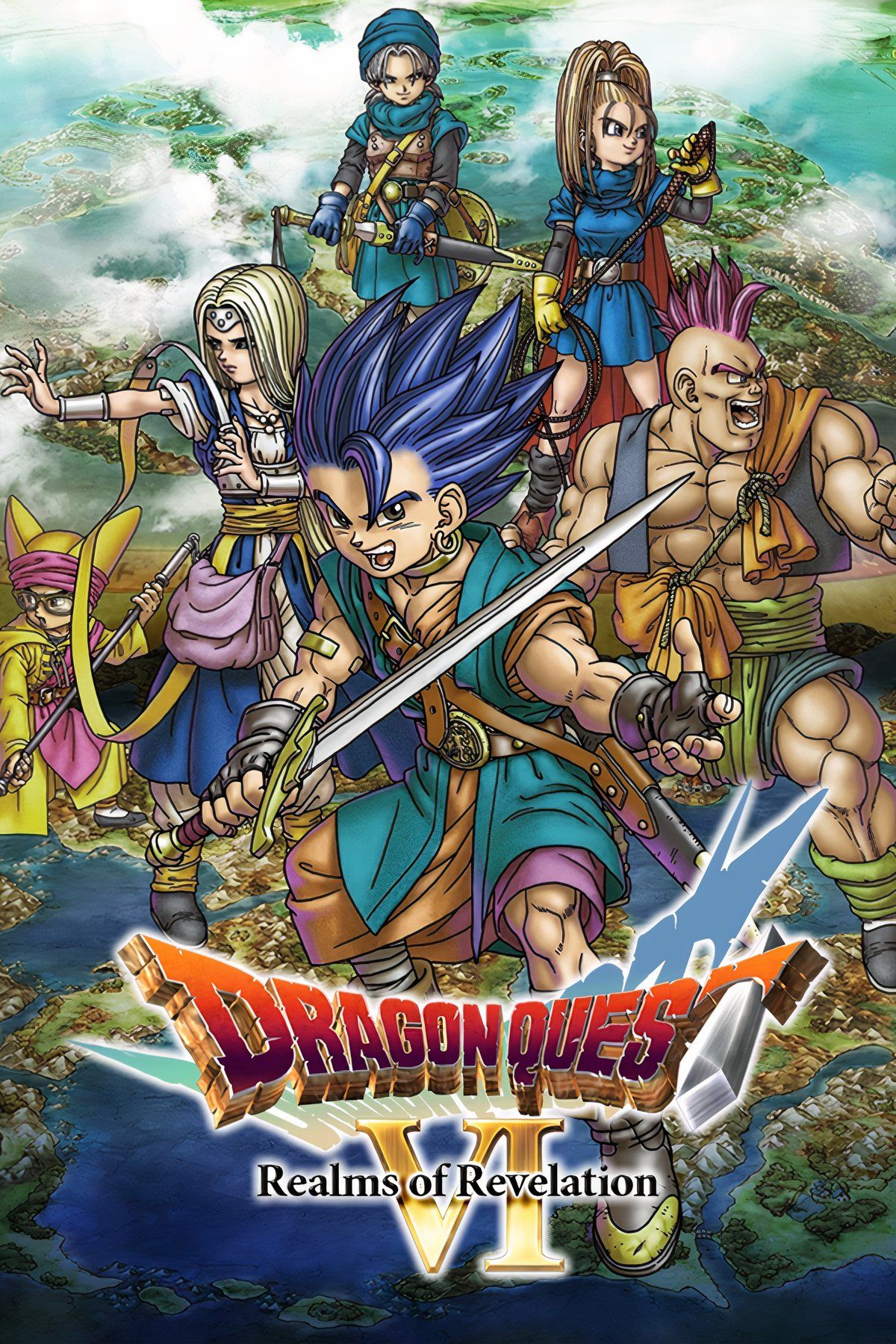
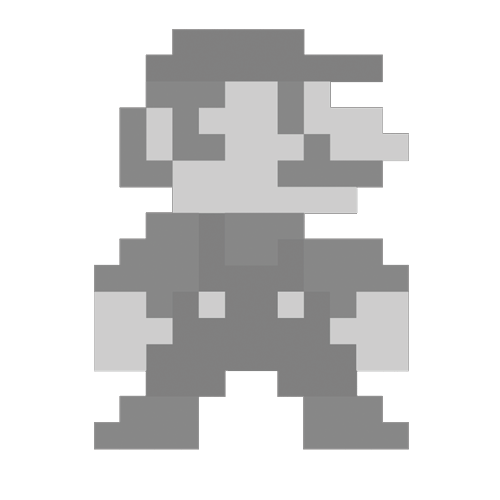

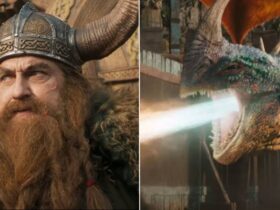
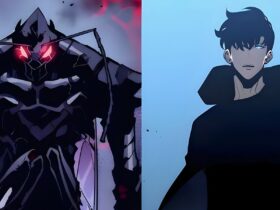






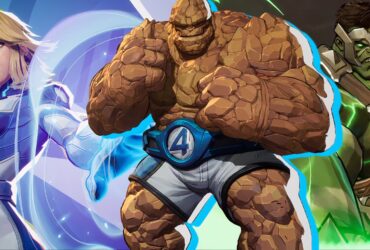
Leave a Reply